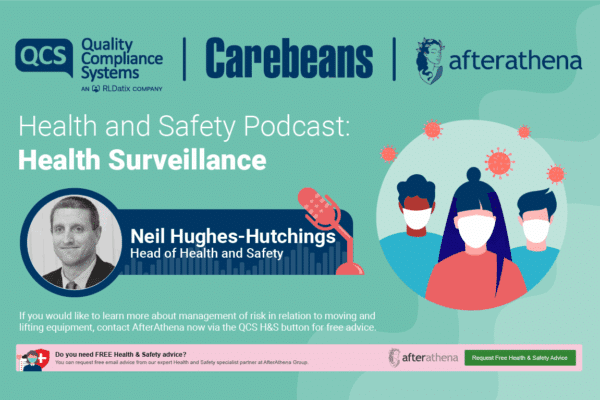Vicarious liability is a legal principle which allows a court to find that an individual or a company is responsible and therefore liable for the actions of another. It is relevant in an employment context as, generally speaking, the employer can be found liable for the acts of an employee if those acts arise during the course of the employee’s employment, subject to some limitations. However, it can also be wider than that and it is important that employers are aware of when issues of vicarious liability can arise.
This was highlighted in the recent High Court case of Various Claimants v Barclays Bank PLC. This case involved 126 claims and allegations of sexual assault committed by a Doctor who was engaged by Barclays to carry out pre-employment medical examinations on prospective employees and some existing employees. The sexual assaults included unnecessary breast examinations and digital penetration. All of these examinations took place between 1968 and 1984 so the complaints were historic in nature and the Doctor had died in 2009.
The Doctor was not employed by Barclays but each of the Claimants was required by Barclays to attend the home of the Doctor where he had a consulting room. The Doctor then carried out the examinations which included the sexual assaults complained of and submitted an invoice for each of the examinations that had taken place.
Barclays relied on these reports in order to determine the employees were healthy and with the intention of avoiding any expense to themselves of employing staff with health problems that might require its staff to have protracted periods away from work. The High Court was very clear that there was no discernible benefit to the employees in having the examinations and had no real choice as to whether to attend the examination if they wanted to obtain work with Barclays or to remain in their positions.
In order to determine whether Barclays was vicariously liable for the actions of the Doctor, the High Court established that the test was:
- Whether the relationship between Barclays and the Doctor was one of employment or “akin to employment”; and
- Whether the assaults has a sufficiently close connection to the employment or quasi-employment.
When applying the first stage of the test the Court were satisfied that, given the Doctor was under the control of Barclays who could direct what he did and the assaults had been committed as a result of activities undertaken by the Doctor on behalf of Barclays. On the second stage of the test, the Court were also satisfied that there was a sufficiently close connection to the quasi-employment as the assaults were inextricably interwoven with the duties that Barclays had required the Doctor to carry out.
It is also important to note that the Court took into consideration the fact that the Claimants had no other legal recourse than to proceed against Barclays given that the Doctor had died some time ago in coming to the decision that Barclays should be held vicariously liable for the actions of the Doctor.






